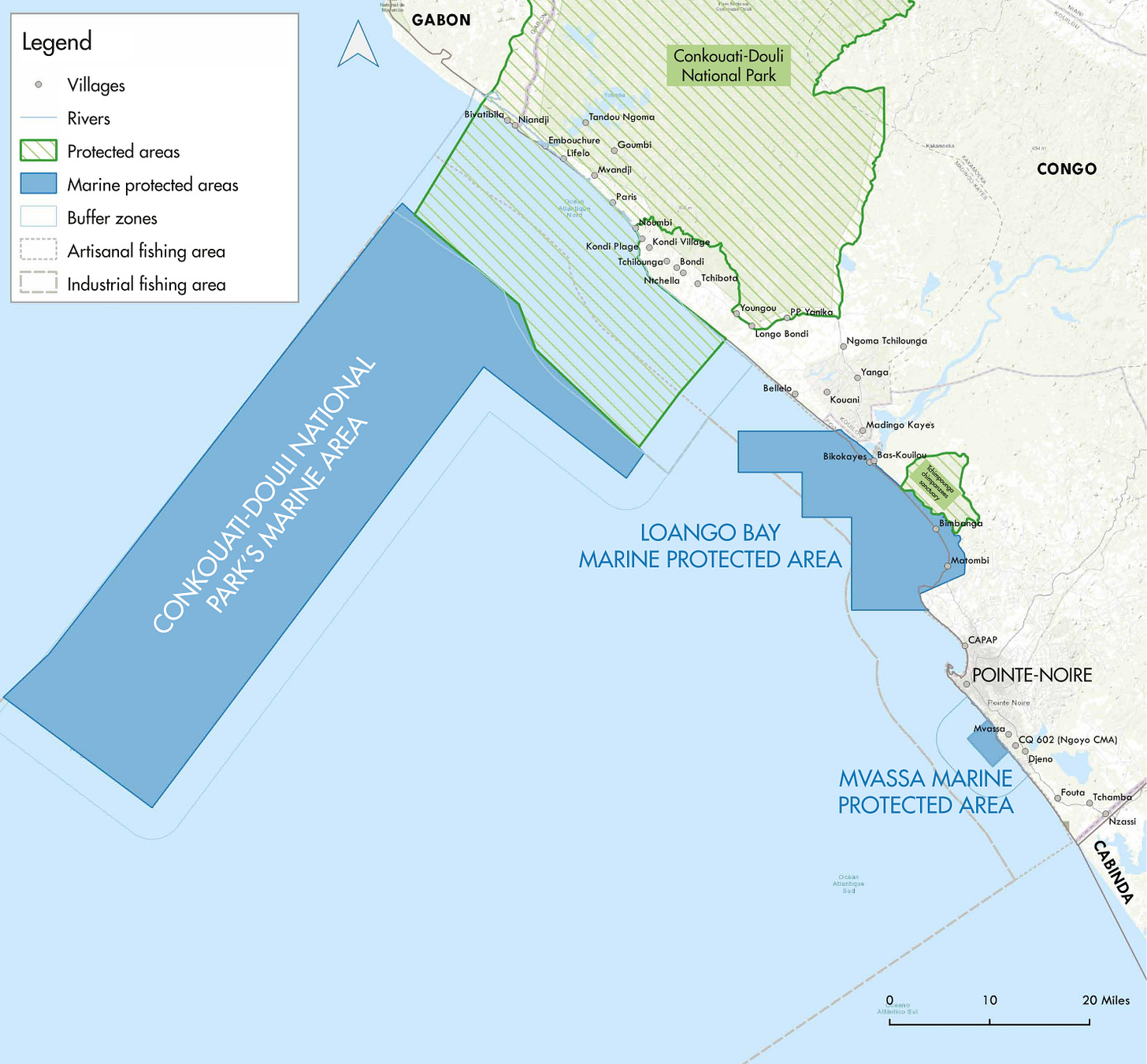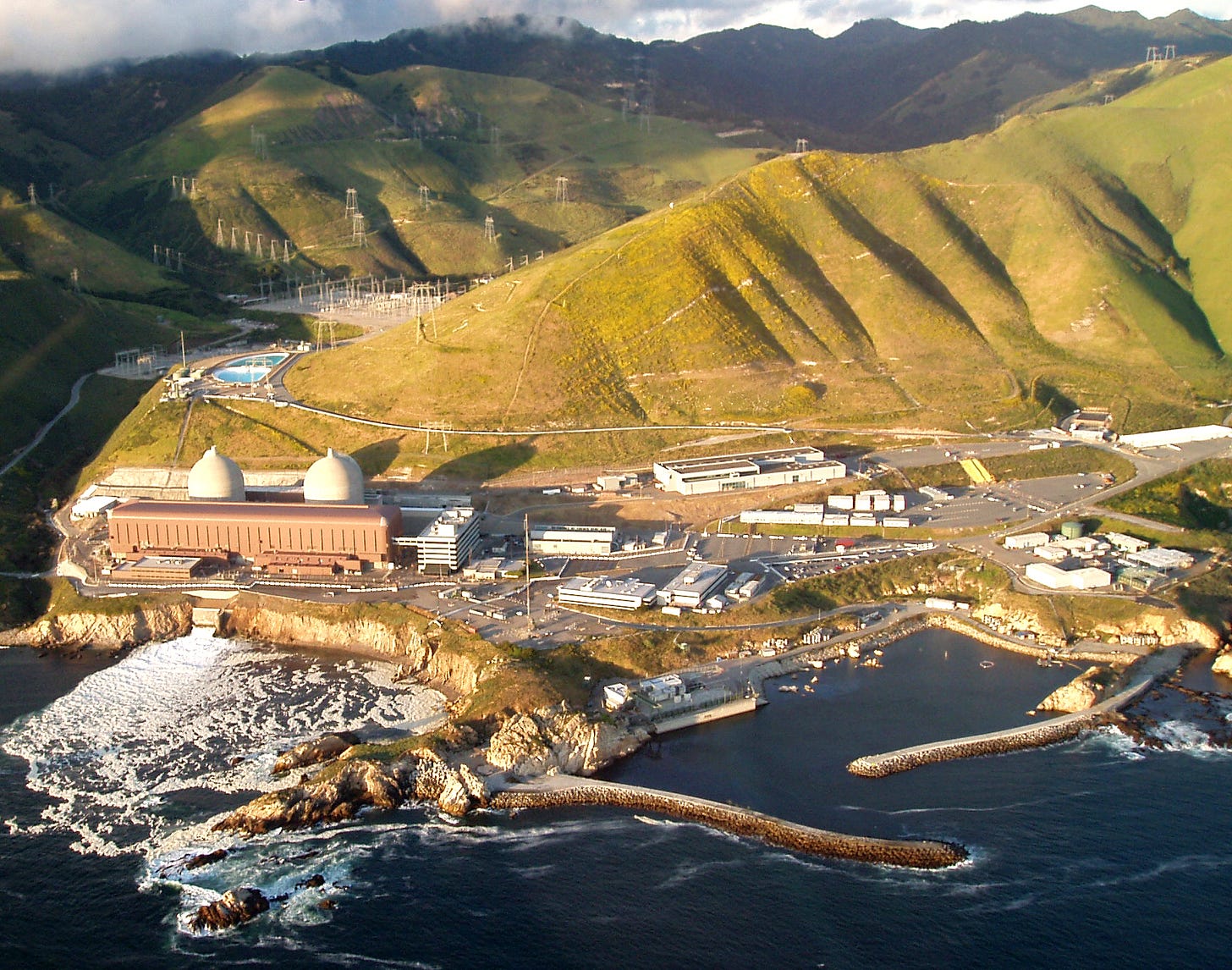The Weekly Anthropocene, September 7 2022
Dispatches from the Wild, Weird World of Humanity and its Biosphere
The Renewables Revolution
January through June 2022 was the best-ever “first half” (of a year) for investment in clean energy, according to a new report from BloombergNEF. To quote: “Global new investment in renewable energy hit $226 billion in the first half, up 11% from last year. This was the highest ever first half for investment in renewables, supported by record venture capital and private equity funding…Investment in large-scale renewable projects was up 12% year-on-year in the first half. Utility-scale solar asset finance increased 27% year-on-year, while wind asset finance was up 16% year-on-year.”
And more and more good news is resulting from the epic, history-making Democratic victory that was the passage of the Inflation Reduction Act, with its $369 billion in climate action spending.
A new analysis by Rystad Energy found that the Act’s funding is expected to cause the installation of an additional 155 gigawatts of wind and solar by 2030, over and above previous projections (see chart above). That’s a 35% boost for utility-scale solar and a 50% boost for onshore wind compared to what was expected to be built by 2030 before the passage of the Act!
International climate diplomacy is being revitalized now that the USA can at long last credibly present itself as a leader on climate action, giving a tailwind to the upcoming COP27 UN climate conference to be held this November at Sharm-el-Sheikh in Egypt.
The new pro-renewables funding has already incentivized First Solar, America’s biggest solar panel manufacturer, to build a new 3.5-gigawatt solar panel factory in the Southeast, as well as expanding capacity by 0.9 GW at its existing factory in Ohio.
And automakers have announced more and more investment into electric vehicles in America since the Inflation Reduction Act passed: Toyota is tripling its investment from $1.3 billion to $3.8 billion in EV battery manufacturing in North Carolina, Panasonic is looking at building a new EV battery factory in Oklahoma to complement the massive $4 billion plant it’s already building in Kansas (see this newsletter’s previous coverage), and Honda is planning a new $4.4 billion joint venture in North American EV manufacturing with the location TBD.
And the US Office of Management and Budget (OMB) released a new official analysis quantifying the expected social and economic damages of climate change and calculating that the Inflation Reduction Act’s funds and their expected result of substantially reduced greenhouse gas emissions will reduce climate damages by between $0.7 trillion and $1.9 trillion by 2050. This includes everything from less property damage from floods to less need for federal spending on crop insurance and wildfire relief. And it’s still a substantial underestimate, as some climate impacts (in particular ocean acidification) weren’t even included in the OMB modeling. Great news!
Stories like the above help provide the broader context for the state of the clean energy revolution: an overwhelmingly forward-moving, widely supported paradigm shift. You may have seen news stories about challenges for renewable energy deployment ahead, mostly supply-related: from a shortage of nickel to looking for alternative cobalt sources to stop supporting unethical mining in the DRC to not nearly enough of the specialized ships that deploy offshore wind turbines. These are real issues, and will need to be dealt with. But they’re solvable with straightforward technical/business solutions like technical tweaks to battery chemistry to omit nickel and cobalt, new mines in better-regulated countries, and new shipbuilding efforts (all of which are already underway). Humans are good at solving these kind of problems, especially when there’s lots of money to be made. The overall context for clean energy is by far the best it’s ever been: all the major forces that drive civilization-level change, from private investment to government policy around the world to rapidly improving and cheapening technology, are aligned and working towards a global transition to clean energy. You love to see it. Great news!
Republic of Congo
The Republic of the Congo is a 5.2-million person west-central African nation slightly larger than New Mexico, located between Gabon, the Cabinda exclave of Angola, and the better-known Democratic Republic of Congo (yes, they’re different). On August 31, 2022, the Republic of the Congo announced the creation of three new marine protected areas (MPAs, mapped above): a marine extension of Conkouati-Douati National Park, Loango Bay MPA, and Mvassa MPA. These reserves cover 12% of the Congo Republic’s ocean area and will protect breeding grounds for humpback whales and leatherback sea turtles, as well as habitat for over 40 species of sharks and rays. The Wildlife Conservation Society led extensive community consultations with local small-scale fisherfolk before the declaration of the protected areas. The new MPAs will include community fishing zones, and hopefully provide more legal protection against predatory illegal, unreported, and unregulated (IUU) industrial fishing vessels (often from China), a major scourge of the West African coast. Great news!
Pakistan
This newsletter generally focuses on underreported climate and environment-related solutions and progress, attempting to counterbalance internet media’s overwhelming negativity bias. However, the catastrophic flooding in Pakistan in August 2022 absolutely demands to be written about, especially as it’s fairly little-known in the West thus far.
It started with prolonged, unprecedented heatwaves of over 40°C (104 °F) in much of Pakistan in April and May; in May, the city of Jacobabad hit a record-breaking 51°C (123.8 °F). This intense heat melted glaciers in the Pakistani Himalayas, swelling key tributaries of the Indus River with runoff. Since warmer air holds more moisture, Pakistan also saw much more rain (three times its average annual rainfall) during this year’s monsoon season, which arrived early on June 30th and continued to pour down for months.
This all added up to produce nearly unthinkably immense flooding by August 2022. See the blue parts of that map above (from the great publication The Economist), showing the entirety of a 242-million person country about the size of Texas and Oklahoma combined? Those areas are underwater. The scale and multifaceted impacts of this climate disaster are almost unfathomable: over 1,100 people have been killed, 33 million have been displaced (more than the entire population of Australia, ye gods!), damages amount to at least $10 billion, 72 of 160 districts are disaster areas, and one-third of Pakistan’s landmass is underwater. A vast new lake 100 kilometers wide has formed in Sindh from the overflowing of the Indus River (again, see map above), drowning much of the country’s breadbasket and likely foreshadowing a crippling economic loss for the country’s agriculture industry, which provides many of Pakistan’s most valuable exports. More than 1.2 million houses, 5,000 kilometers of road, and 5,000 bridges have been destroyed. The IMF has approved $1.1 billion in bailout funds and America is giving $30 million in humanitarian aid, but the situation is still abysmal.
It’s important to note that disastrous scenarios like Pakistan’s are not inevitable: though climate disasters are caused by humanity’s emissions of greenhouse gases in the atmosphere, they are made worse by poverty, chaotic politics, and bad governance. For comparison, Bangladesh, on the other side of India, has also been hit by major flooding this year but has instituted world-leading early-warning systems and built thousands of community shelters, reducing the death toll and damages greatly. Bangladesh is starting to be recognized as a model for developing-world climate adaptation. (By contrast, a report in 2020 warned that Pakistan’s government is terrible at flood data collection and early warning systems). Climate change is here, and has been radically altering the world for years. Everywhere in the world needs to be planning to deal with the impacts.
California
On the heels of the federal government finally passing a massive climate action bill appropriate to the scale of the threat, the California legislature passed a package of excellent smaller climate action bills on August 31st. They’re now essentially certain to be signed into law by strongly progressive Governor Gavin Newsom. Here are some highlights:
AB 1279 sets a legally binding goal that the state achieve carbon neutrality and reduce its greenhouse gas emissions by at least 85% below 1990 levels by 2045.
SB 1020 adds interim targets of 90% by 2035 and 95% by 2040 to the existing California target of reaching 100% clean electricity by 2045.
SB 1137 bans new and existing oil wells within 3,200 feet of homes, schools, and parks, kneecapping the fossil fuel industry in the Golden State. This is a huge victory for the 2.7 million Californians who live within that radius of oil wells, helping protect them from air pollution and higher disease risk.
SB 905 creates a regulatory structure to permit and monitor carbon capture and sequestration technologies.
SB 1482 requires all new multifamily dwellings with at least one parking space to contain at least one electric vehicle charging station.
SB 529 and SB 1124 reduce regulatory bottlenecks and streamline approval for new grid transmission and clean energy grid connection projects.
And SB 846 allocates a $1.4 billion bailout loan that will keep open the Diablo Canyon facility, California’s last nuclear power plant (pictured above, previously set to retire by 2025), until at least 2030, with an option to seek a renewed license through 2045. This one was substantially more controversial than the others, but it’s clearly the right call to keep a 2.2-gigawatt source of zero-carbon energy online as California struggles to maintain its grid in the face of droughts and wildfires.
And all this legislative action is on the heels of a previously reported California accomplishment: finalizing its plan to ban the sale of all new fossil fuel-powered vehicles in the state by 2035. That will have huge ripple effects, speeding up automakers’ electrification plans even further. Spectacular work, California!








